Introduction
Most customers aren’t avoiding your review request; they’re avoiding work. If you respect their time and make the ask at a moment when they naturally have something to say, you’ll see response rates climb — and the content will be more believable.
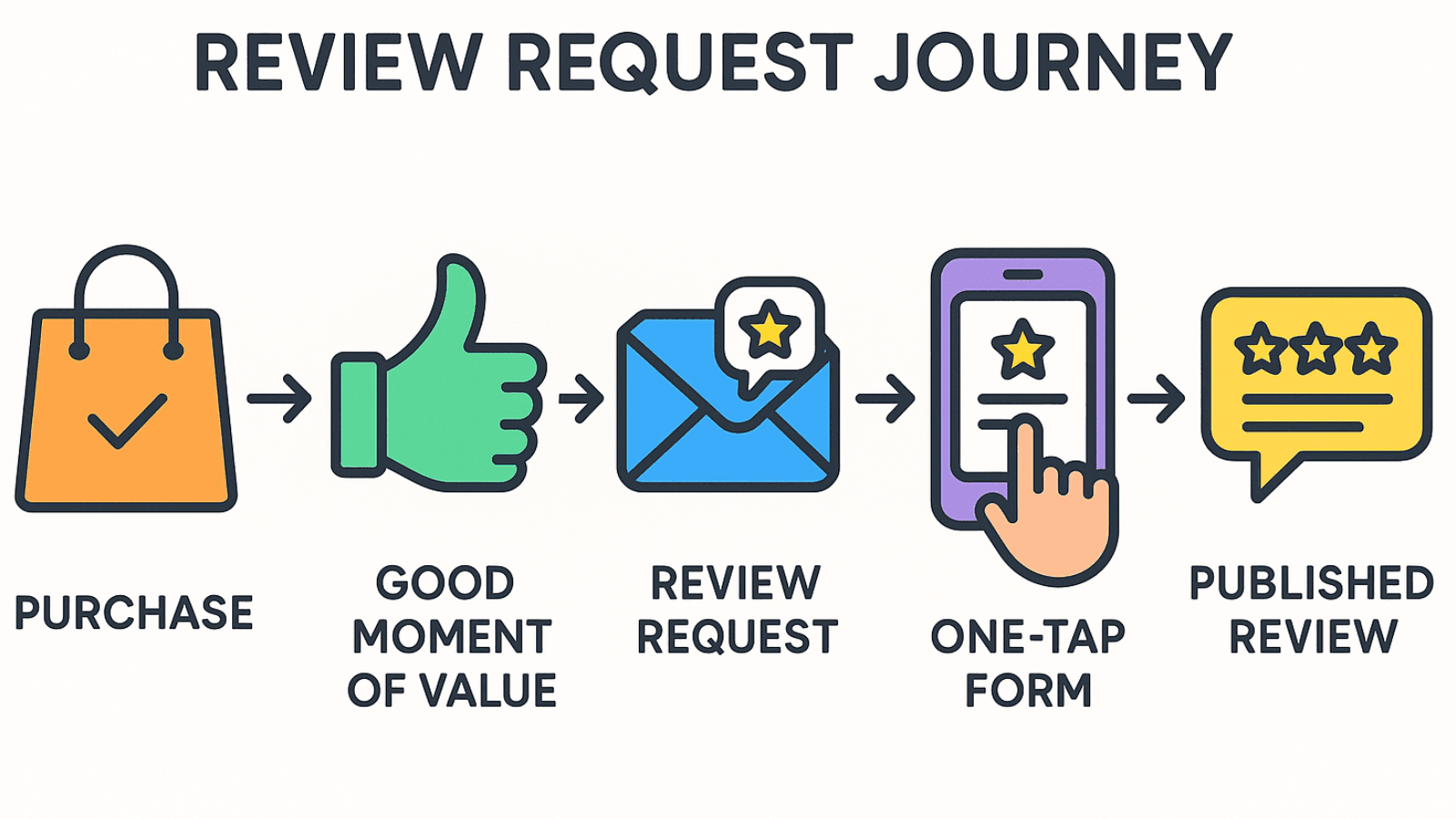
Step 1 — Catch the moment when value is felt
“Did we deliver what we promised?” is much easier to answer right after you’ve delivered it.
For ecommerce, that’s 24–48 hours after delivery (the parcel’s open, the item’s tried).
For SaaS, it’s the first “aha” milestone: the widget is live, the first report is exported, a teammate joins and things start to click.
For services, it’s the instant a ticket is resolved or a job is signed off.
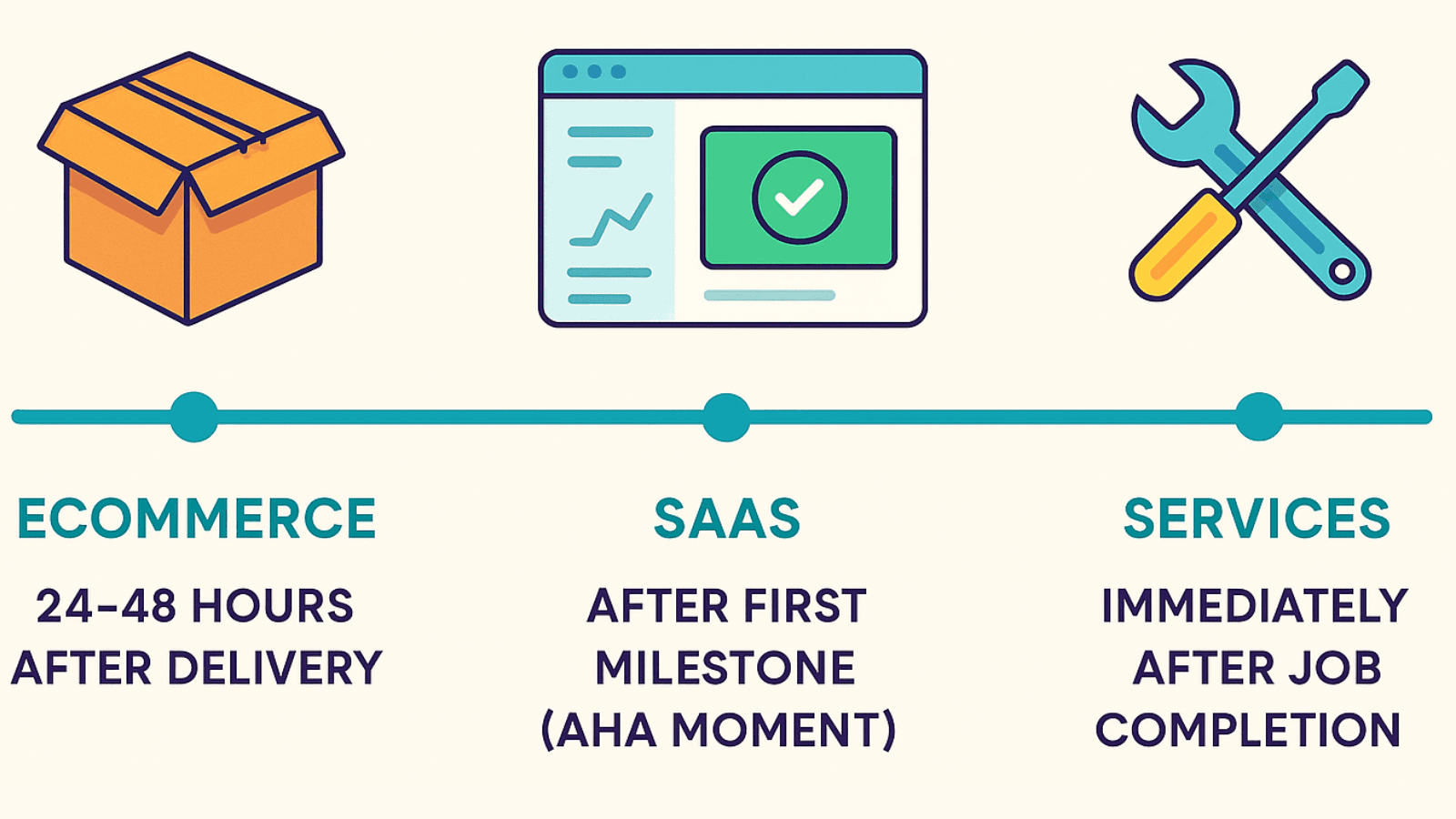
Step 2 — Remove the micro-frictions
Customers will happily tell you what worked if you don’t make them hunt for the form. The rule is simple: one tap to the right place.
Design the path like a product flow
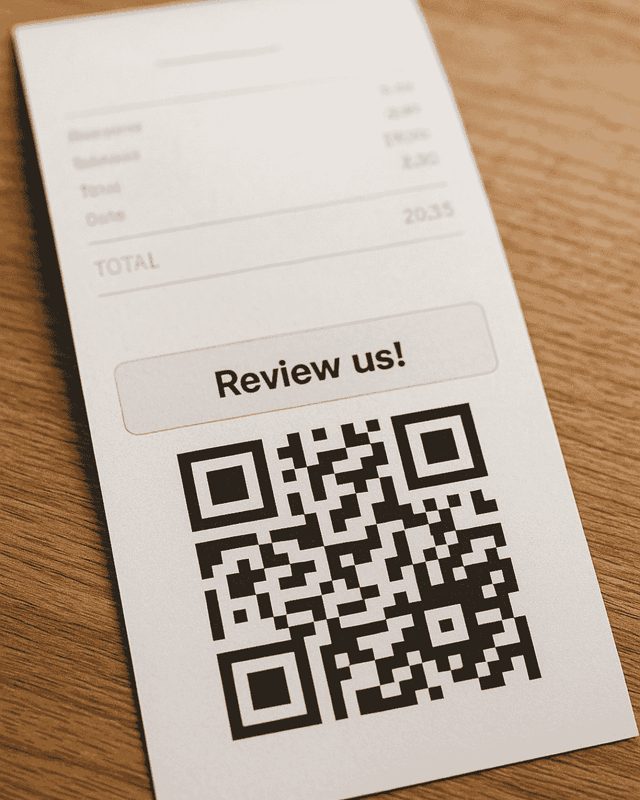
Deep link straight to your review form and, if you operate multiple locations, pre-select the right business. On mobile, open the native app where possible. In physical spaces, a small tent card or a printed QR on the receipt is often all it takes.
Keep the form minimal: a rating and one short prompt. The less you ask, the more you learn — paradoxically, because people answer when it’s easy to start.
Step 3 — Ask one specific, human question
“Please leave us a review” produces generic praise. You’re not collecting compliments; you’re collecting useful evidence. Use one concrete prompt that nudges specificity:
Try:
- “What pleasantly surprised you (or didn’t) about your experience?”
- “How was delivery speed and packaging quality?”
- “What was hard before using us — and easier now?”
These questions yield short, credible quotes that work next to a CTA — the kind visitors actually read.
Step 4 — Choose a channel and be gentle with cadence
Email is a solid default: send one request and, if no response, one reminder 5–7 days later. SMS works wonderfully for local/retail, but keep it under 160 characters and within 24–48 hours of the visit or delivery. In-app messages are perfect for SaaS because they can be triggered precisely at the milestone.
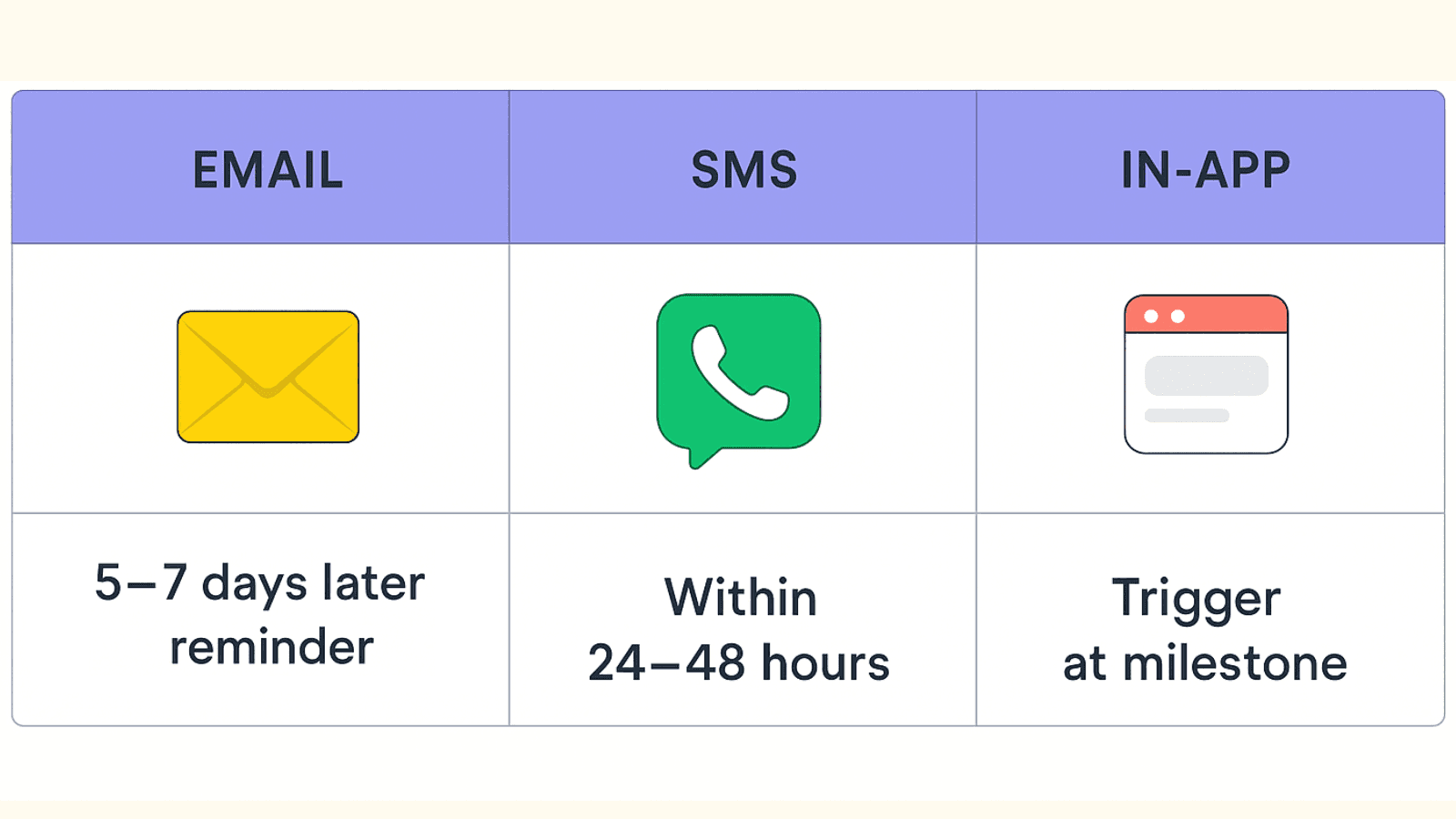
A third nudge rarely changes the outcome; it only changes how people feel about you.
Step 5 — Keep your tone small and sincere
Here’s a template you can adapt without sounding scripted:
Subject: Quick favor?
“Hey {{firstName}}, thanks again for your order. If you’ve got 20 seconds, would you leave a short review?
{{reviewLink}} — it genuinely helps others decide. Appreciate you either way.”
SMS
“Thanks for your purchase! 20-sec review? {{reviewLink}} — it really helps. 👋”
Notice the promises we don’t make: no coupons for opinions, no pressure, no “5 stars only.”
Step 6 — Close the loop like a pro
Reply to reviews (a simple “Thanks — noted on delivery speed” does more than a paragraph of marketing). Tag themes such as speed, support, quality, or ease of setup so patterns surface. Share highlights internally; route the complaints to the work queue they deserve.
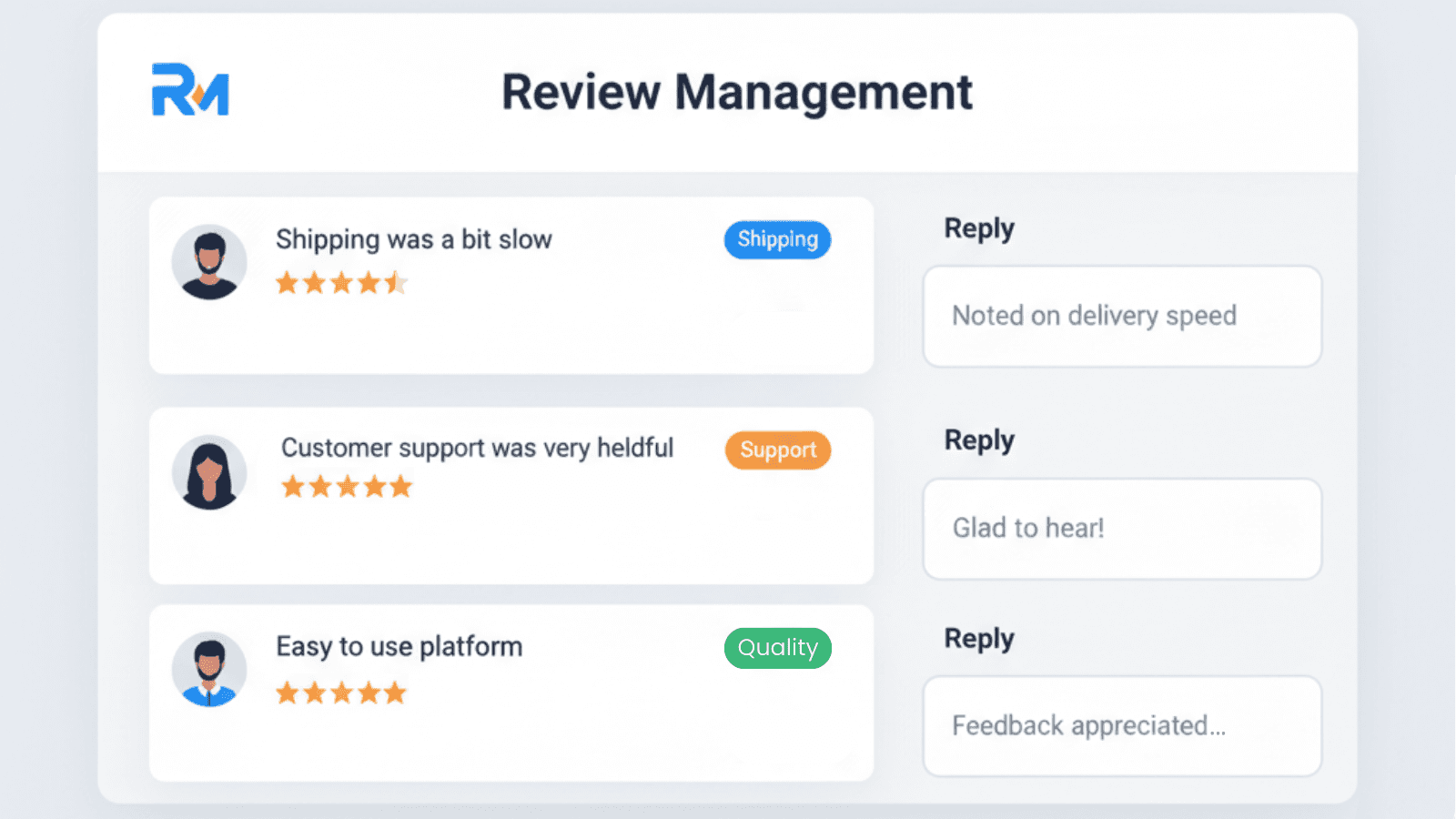
Conclusion
Respect attention, remove friction, and ask a question people can answer in one breath. Do that consistently and you won’t need to “chase reviews” — your customers will tell the story for you.



